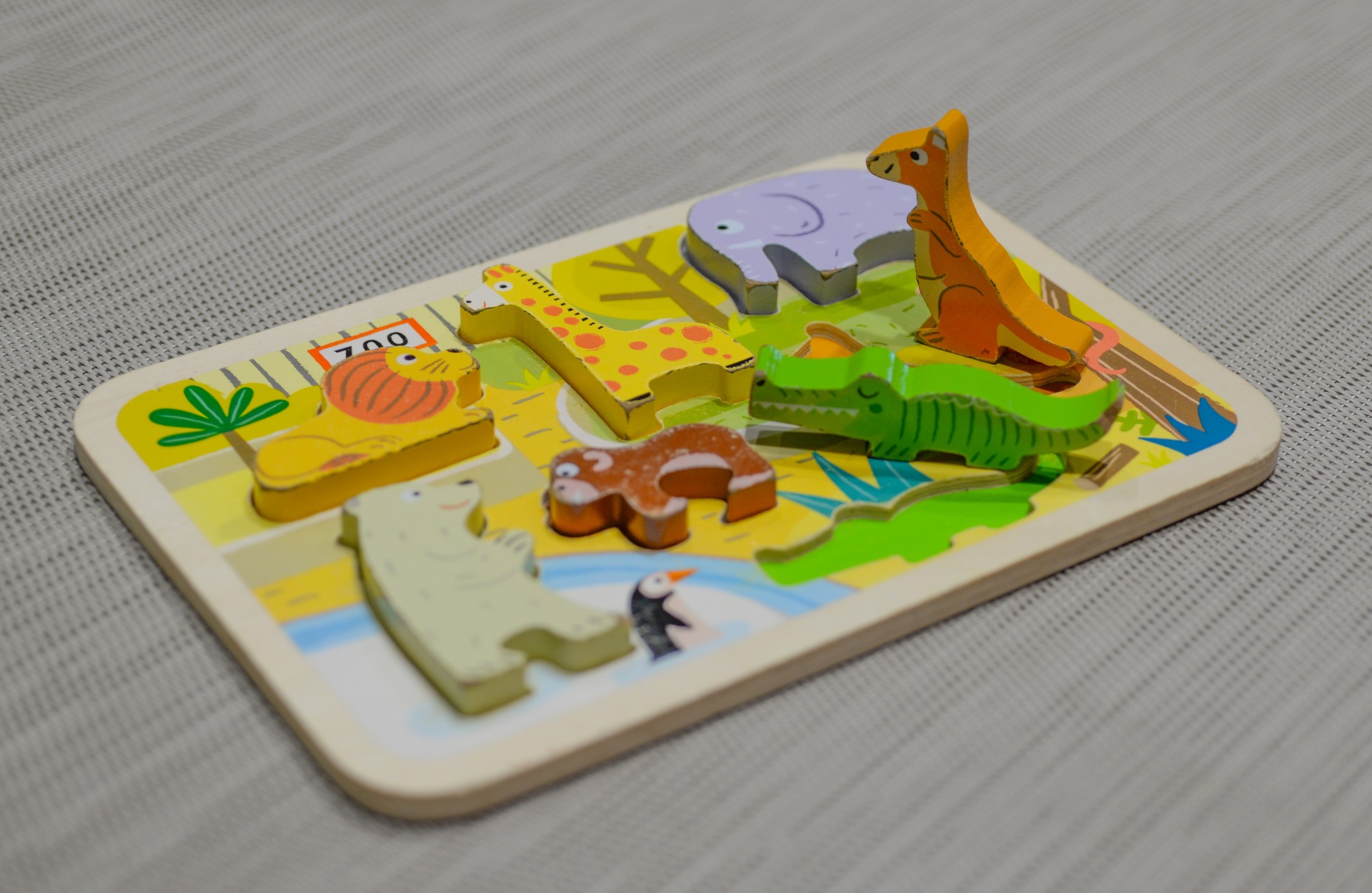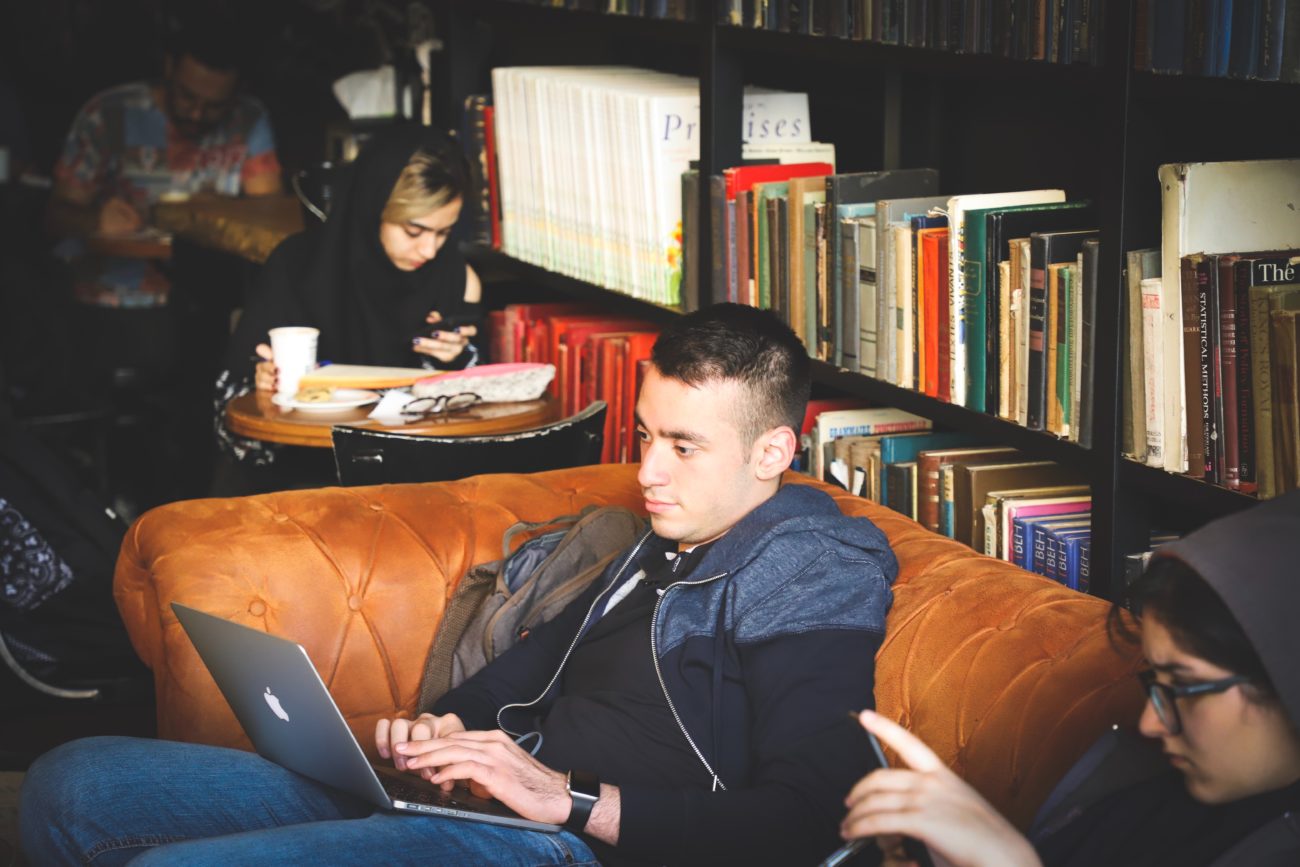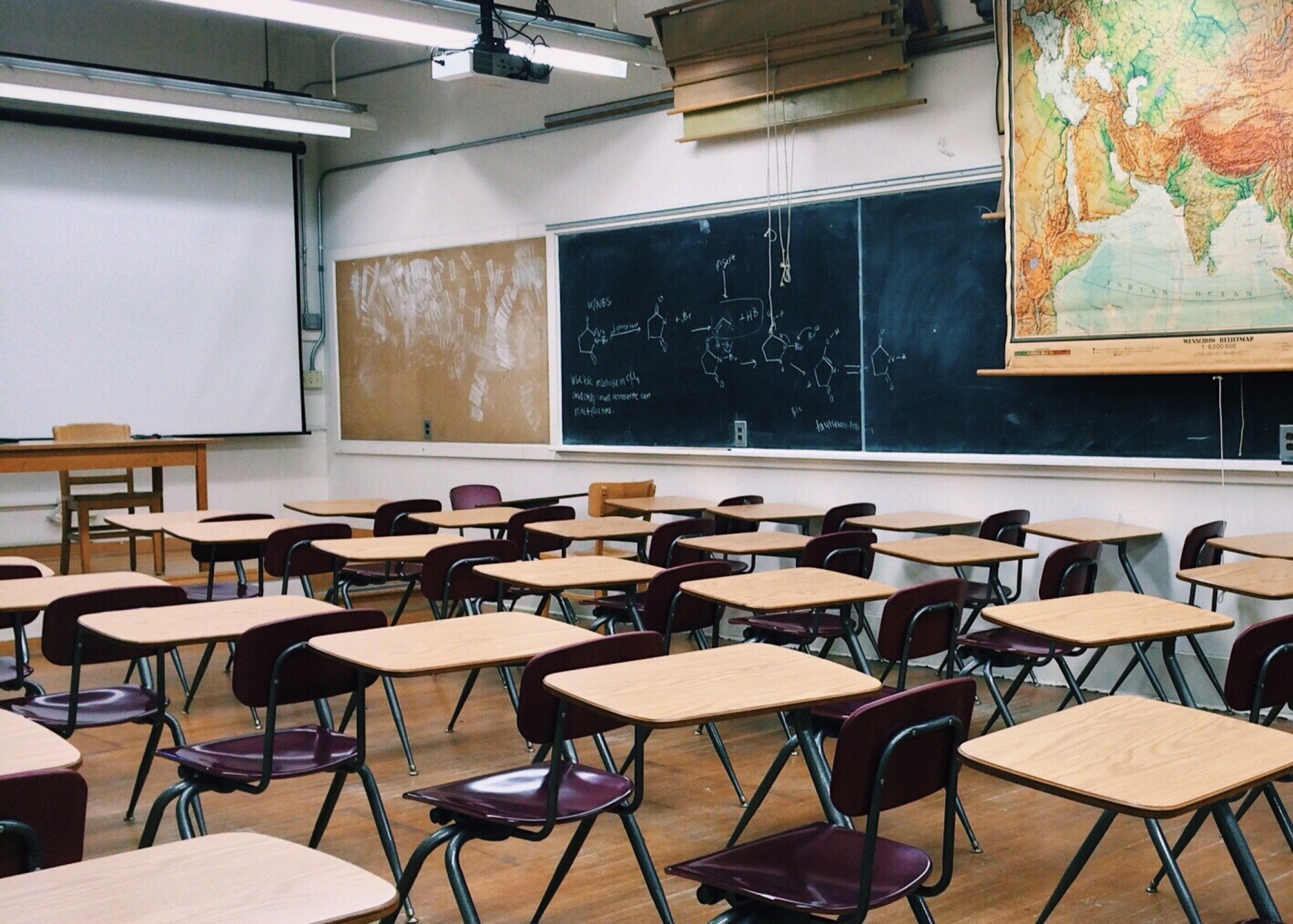Learning, especially when you are a child who goes to school daily, can be quite a chore. But as a parent, it is especially a task to make your kids learn their basics and a bit more. It can get quite boring at times for your ward, and he or she might just refuse to cooperate. It is here that the concept of fun education can be brought to the place. It is in no way or form necessary that knowledge only has to be through the means of books. With the advancement in technology, it has become especially easy to get kids to learn their lessons in a more interactive and fun manner. Educational games- both online and offline can be a great way to learn- and retain knowledge- in a more entertaining manner. In fact, there are custom writers who create the base of these educational games. Here is a list of the top 3 most entertaining educational games to help your children learn better!
1-2-3 Farmyard:
This is an offline game that will teach the basics of math to your kid in a fun and easy manner without scaring them about numbers for the rest of their lives. With the help of this game, children learn how to identify numbers, count them and most importantly compare between two or more numbers.
The method of playing this game is quite simple. You have to build up a complete farm by using the animal cards that you pick out at random. The catch is, you cannot use the same animal twice. There is an added advantage to the game as well. Not only will you kids learn their basic math with the help of this game, but they will also be able to identify the animals that are there on the farm. It is like killing two birds with one stone.
Robot Turtles:
We all know how important data and coding is in this day and age of the internet. So why not start a little early and teach your kids about computer science and the logo programming language with the help of this very entertaining game? The players of this game use code cards to move the character of the robot turtle all around the playing board. There are many levels to conquer, and it will definitely help keep your kid or kids engaged without any distractions.
As far as it’s about the skills they will learn with the help of this game, then this game helps them understand and correct the bugs that might occur during coding and programming. It also helps kids understand about sub-routines and loops and most important of all; it helps your kids understand all about planning a strategy.
Rivers, Roads, and Rails:
Do you remember how difficult it was to master geography? Well, make sure your kids have no problems with the help of this game. There are 140 colorful cards that are used to create a complete transportation system. One has to create maps by comparing and matching the pieces of the puzzle. This is great if you have a single child since this game can be played solo as well. You kids get to learn all about the transportation system and maps with its help! They also will be better at matching pieces.
Thus, if you play these games with your kids today, in their later ages during the exams, they will have just one thing to say: “I’ll definitely ace my paper today!” And that would be the best thing to hear when your kids are in high school, isn’t it?
Read Also:






















